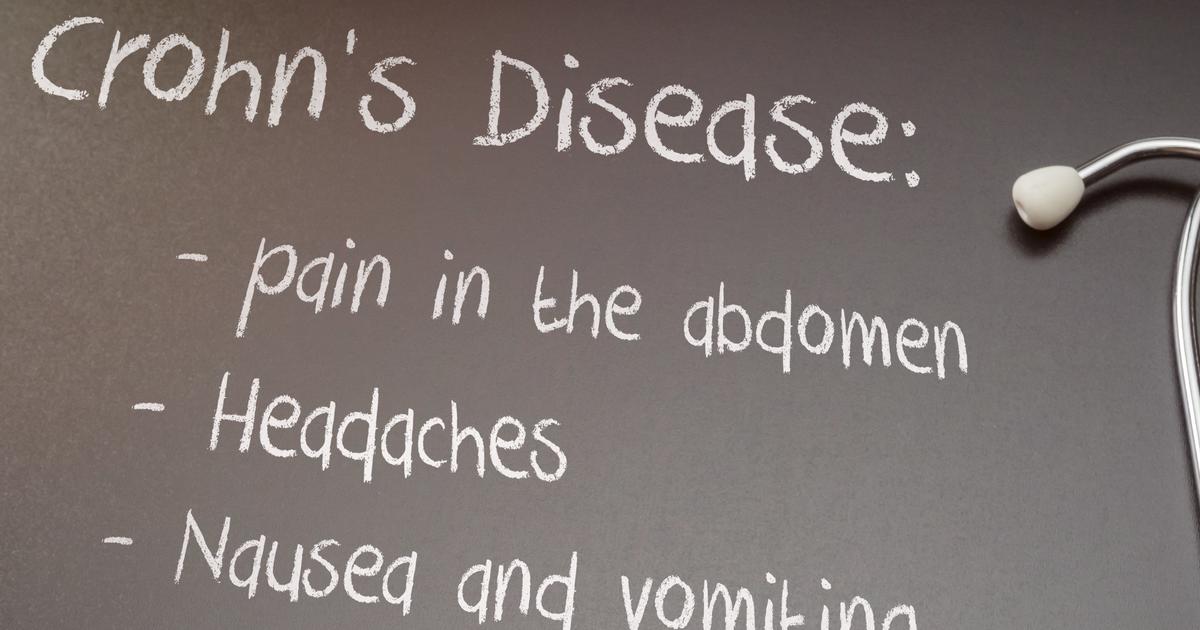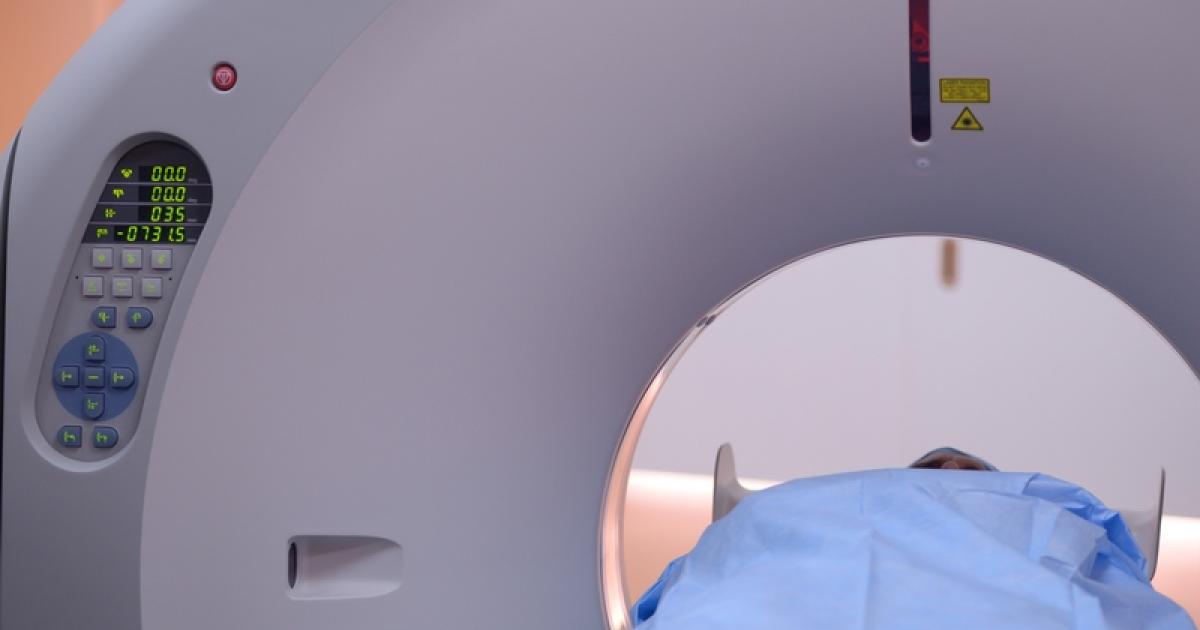The Causes, Symptoms And Treatments Of Abdominal Pain
Abdominal pain is an achy, dull, intermittent, sharp or crampy feeling that occurs anywhere between the pelvic region and the chest. Also referred to as a stomach ache on occasion, abdominal pain may be a sign of a disease or inflammation. It may affect any of the major organs in the abdomen area including the spleen, liver, pancreas, gallbladder, stomach, kidneys, appendix, or the large and small intestines.
With this in mind, understanding abdominal pain is essential to determine the underlying cause and appropriate treatment. Get familiar with the various symptoms linked to abdominal pain now and go from there.
Symptoms Linked To Abdominal Pain

Symptoms that may accompany abdominal pain include gas, bloating, belching, painful urination or lack of urination, bloody stools, indigestion, pelvic pain, constipation, diarrhea, chest pain, heartburn, dehydration, and black stools. Individuals should seek treatment if abdominal pain occurs along with a fever higher than one hundred and one degrees Fahrenheit, dehydration, painful or frequent urination, vomiting and the inability to pass stool, or if severe pain lasts longer than a few hours. Emergency medical treatment is needed if bloody diarrhea, high fever, and abdominal cramping occur at the same time.
Get the details on the causes behind abdominal pain next.
Causes

Some of the more common causes of abdominal pain include constipation, indigestion, menstrual cramps, a stomach virus, food poisoning, irritable bowel syndrome, gas, food allergies, lactose intolerance, pelvic inflammatory disease, hernia, ulcers, endometriosis, urinary tract infections, kidney stones, Crohn’s disease, ulcerative colitis, appendicitis, and gastroesophageal reflux disease (GERD). Abdominal pain may also be caused by inflammation, distention of an abdominal organ, or a decrease in the blood supply to the abdominal organs. Constipation, intestinal muscle contractions, and diverticulitis may also cause abdominal pain.
Continue reading to learn more about what abdominal pain may be trying to tell affected individuals next.
Food Allergies

Abdominal pain may be an indication of a food allergy. If this is a possible concern for someone, they should keep a journal of all the foods they eat throughout the day as well as any symptoms they experience, including if the pain worsens. They can gradually eliminate foods from here to determine if an allergy or intolerance is present. After two weeks, however, they should slowly reintroduce these foods back into the diet, ideally one at a time, to see if they cause pain. Frequent offenders include dairy, gluten, fructose, and some grains.
Uncover what common health conditions are linked to abdominal pain next.
Common Diseases Associated With Abdominal Pain

Abdominal pain might be due to an underlying condition, though many diseases can have similar symptoms, making it hard to narrow down what is responsible for the pain. Irritable bowel syndrome, for instance, may have similar symptoms to cancer, ulcers, bowel obstructions, appendicitis, and gallbladder attacks. Both Crohn’s disease and a right ruptured ovarian cyst can both mimic appendicitis, while kidney stones may be mistaken for diverticulitis. Most cases of abdominal pain are associated with irritable bowel syndrome, which occurs when there is pain but not inflammation.
Learn about diagnosing the pain next.
Diagnosing The Pain

Because there are so many different causes of abdominal pain, a medical professional may ask patients several questions and perform a physical examination to determine the cause and best possible treatment. They may ask where the pain is located, what type of pain occurs (cramping, stabbing, or dull), how long the pain has been active, and what other areas of the body are affected, if any. Clinical testing may include urine or stool tests, blood tests, enemas or barium swallows, an X-ray, a computerized tomography (CT) scan or an ultrasound.
Get familiar with some of the challenges associated with diagnosing abdominal pain next.
Challenges With Diagnosing Abdominal Pain

A medical professional may have a hard time determining the cause of a patient’s general abdominal pain for many reasons. This is largely in part due to tests results that do not always come back abnormal. Ultrasounds can miss small gallstones, for instance, while CT scans do not always show pancreatic cancer. Both ultrasounds and CT scans may occasionally fail to show appendicitis or even small abscesses. Some blood tests may come back normal despite severe inflammation or infection, especially in patients who are on immunosuppressants or corticosteroids.
Keep reading to reveal some of the medical treatments for abdominal pain next.
Medical Treatments

Depending on where the pain is located and what is causing it, abdominal pain can be treated by taking over-the-counter medication. Heartburn and gastroesophageal reflux disease can be addressed by taking an acid reducer or antacid. Constipation can be relieved by taking a laxative, but it’s important to know laxatives should only be taken as a last resort and should not be used long-term due to side effects. Over-the-counter acetaminophen pain medications are recommended to treat abdominal pain. Patients should avoid taking nonsteroidal anti-inflammatory drugs where possible, as these increase the risk of intestinal bleeding and ulcers.
Learn about some natural remedies for abdominal pain next.
Natural Remedies

If the abdominal pain is not too severe and a medical professional has ruled out a serious underlying disease, abdominal pain can be treated at home by using different natural remedies. For constipation, individuals should get moving; even a thirty-minute walk can provide immediate relief. Patients can prevent abdominal pain due to dietary choices by changing their diet to avoid certain hard-to-digest foods, such as dairy, gluten, grains, and refined sugars. They should also be sure not to eat too much at one sitting. Alcohol and caffeine may also need to be avoided to reduce pain.
Discover more natural remedies for abdominal pain now.
Peppermint

Peppermint is especially soothing on the digestive tract. If abdominal pain occurs from eating the wrong foods or due to a gastrointestinal disorder, individuals should try drinking peppermint tea to soothe intestinal muscle contractions and bloating. Peppermint essential oils have been shown to provide muscle pain relief, reduce irritable bowel syndrome symptoms, and decrease bloating and gas. Individuals can take a hot detox bath with a few drops of peppermint essential oil to help relax the muscles in their digestive tract and ease abdominal pain.
Read about how supplements can help with abdominal pain next.
Supplements

Anti-inflammatory supplements may help treat abdominal pain by reducing inflammation caused by stress, eating the wrong foods, or irritation due to chemical toxins. Turmeric has potent anti-inflammatory properties, and it has also proven to be as effective as some medications for treating pain. Patients who want to try this should look for a brand of turmeric with ninety-five percent curcuminoids, which is the active ingredient found in turmeric. Boswellia, bromelain, fish oil or other omega-3 fatty acids, resveratrol, ginger, and spirulina are also great anti-inflammatory supplements that may help reduce abdominal pain.
